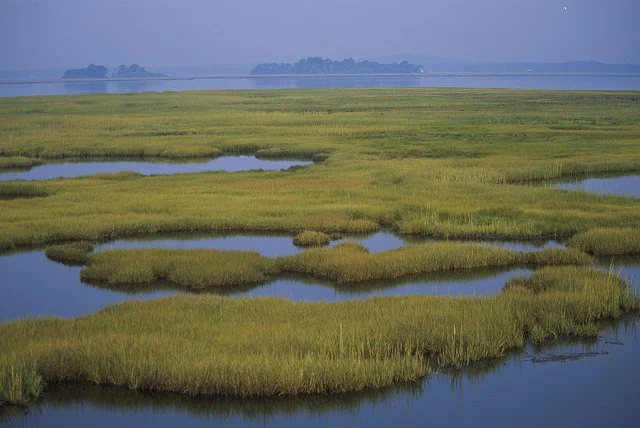
An area of land that is either covered by water or saturated with water, wetlands are those areas where water covers the soil. While most scientists consider swamps, bogs, and marshes to be the three main kinds of wetlands, there are other types like peatlands, sloughs, and mires as well. Even though wetlands were seen as wastelands for most of history as they don’t support development, it has since been realised that these are among the most valuable ecosystems on Earth. Governments began recognising the value of wetlands from the 1970s and laws have been put in place in parts of the world to protect wetlands.
Categories of Wetlands
Wetlands vary widely because of regional and local differences in soils, topography, climate, hydrology, water chemistry, vegetation and other factors, including human disturbance. Indeed, wetlands are found from the tundra to the tropics and on every continent except Antarctica. Two general categories of wetlands are recognized: coastal or tidal wetlands and inland or non-tidal wetlands.
Coastal/Tidal Wetlands
Coastal/tidal wetlands in the United States, as their name suggests, are found along the Atlantic, Pacific, Alaskan and Gulf coasts. They are closely linked to our nation’s estuaries where sea water mixes with fresh water to form an environment of varying salinities. The salt water and the fluctuating water levels (due to tidal action) combine to create a rather difficult environment for most plants. Consequently, many shallow coastal areas are unvegetated mud flats or sand flats. Some plants, however, have successfully adapted to this environment. Certain grasses and grasslike plants that adapt to the saline conditions form the tidal salt marshes that are found along the Atlantic, Gulf, and Pacific coasts. Mangrove swamps, with salt-loving shrubs or trees, are common in tropical climates, such as in southern Florida and Puerto Rico. Some tidal freshwater wetlands form beyond the upper edges of tidal salt marshes where the influence of salt water ends.
Inland/Non-tidal Wetlands
Inland/non-tidal wetlands are most common on floodplains along rivers and streams (riparian wetlands), in isolated depressions surrounded by dry land (for example, playas, basins and “potholes”), along the margins of lakes and ponds, and in other low-lying areas where the groundwater intercepts the soil surface or where precipitation sufficiently saturates the soil (vernal pools and bogs). Inland wetlands include marshes and wet meadows dominated by herbaceous plants, swamps dominated by shrubs, and wooded swamps dominated by trees. Certain types of inland wetlands are common to particular regions of the country.
Many of these wetlands are seasonal (they are dry one or more seasons every year), and, particularly in the arid and semiarid West, may be wet only periodically. The quantity of water present and the timing of its presence in part determine the functions of a wetland and its role in the environment. Even wetlands that appear dry at times for significant parts of the year — such as vernal pools– often provide critical habitat for wildlife adapted to breeding exclusively in these areas.
Credit : EPA
Picture Credit : Google




